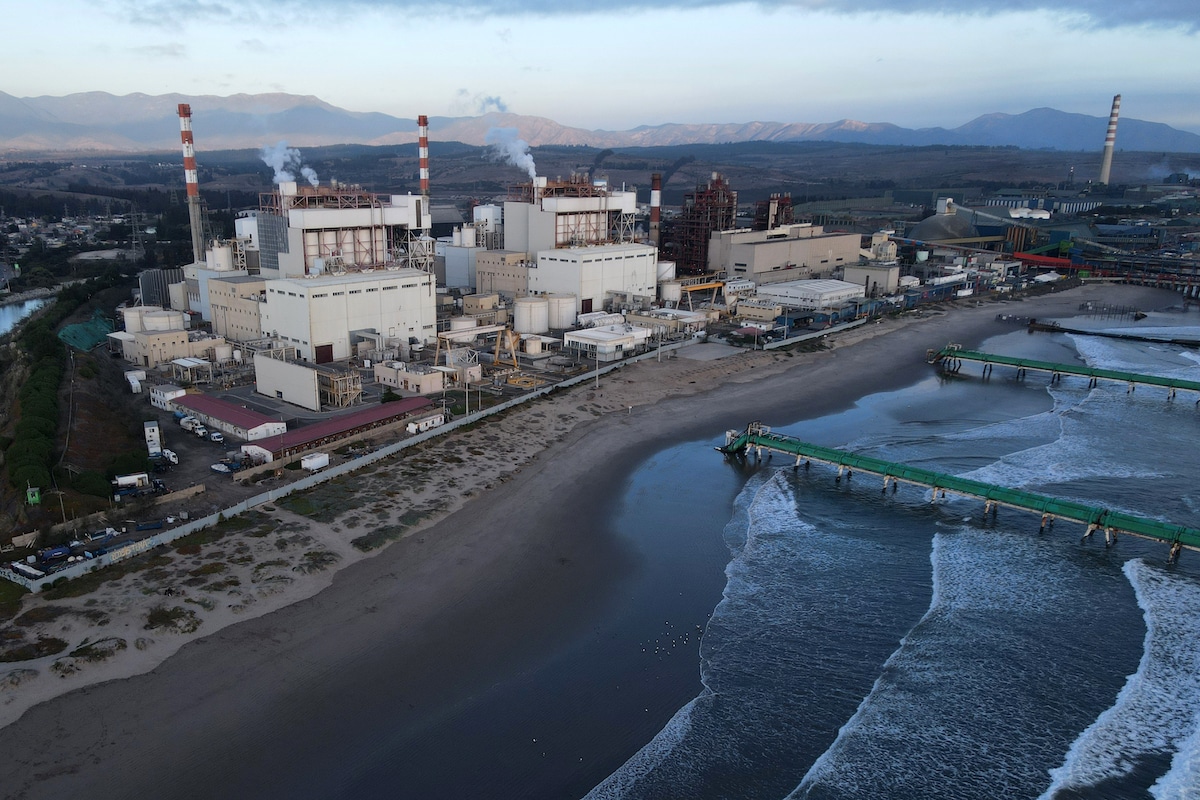Global Carbon Budget Will Be Spent in 9 Years at Current Emissions Rate, Study Finds

 Why you can trust us
Why you can trust us
Founded in 2005 as an Ohio-based environmental newspaper, EcoWatch is a digital platform dedicated to publishing quality, science-based content on environmental issues, causes, and solutions.
The 2022 Global Carbon Budget report is out, and it shows that nations are still emitting beyond their means.
The report, which was released Friday amidst the COP27 UN climate conference in Sharm el-Sheikh, Egypt, found that there is now a 50 percent chance that we will burn past the 1.5 degree Celsius temperature goal in just nine years if greenhouse gas emissions continue at current levels.
“This year we see yet another rise in global fossil CO2 emissions, when we need a rapid decline,” study leader Professor Pierre Friedlingstein of Exeter’s Global Systems Institute said in a statement emailed to EcoWatch. “There are some positive signs, but leaders meeting at COP27 will have to take meaningful action if we are to have any chance of limiting global warming close to 1.5°C. The Global Carbon Budget numbers monitor the progress on climate action and right now we are not seeing the action required.”
The Global Carbon Budget report is a project of the Global Carbon Project. It is a peer-reviewed paper updated every year that accounts for both sources and sinks of carbon dioxide. This year’s paper was the work of 105 scientists from more than 80 institutions. The project calculates how much carbon dioxide human society can still emit before we have a 50 percent chance of blowing past the Paris agreement goal of limiting global warming to 1.5 degrees Celsius above industrial levels and thereby avoiding the worst impacts of the climate crisis.
So far, global energy policy is not leading us in the right direction. Emissions were projected to reach 40.6 billion tons (GtCO2) in 2022, which approaches 2019’s record of 40.9 GtCO2. Carbon dioxide emissions from the burning of fossil fuels in particular were expected to reach record levels of 36.6 GtCO2, which is a one percent increase from 2021 levels and slightly higher than pre-pandemic 2019 levels.
Oil emissions were the leading cause of the fossil fuel emissions increase, while coal emissions increased as well. A leading cause of the oil rebound was an uptick in flying following the coronavirus lockdown.
The other type of emissions calculated by the report are emissions from land use change such as deforestation, which were projected to be 3.9 GtCO2 in 2022.
On a country-by-country level, emissions were projected to fall by 0.9 percent in China and 0.8 percent in the EU, but rise by 1.5 percent in the U.S. and six percent in India.
One piece of good news is that fossil fuel emissions are rising slower than they were, at more than half a percent per year instead of more than three percent per year as in the aughts. But if policy makers want emissions to fall to zero by 2050, they must ensure they actually fall, not simply rise more slowly. That would mean a decrease of 1.4 GtCO2 per year, roughly the decrease caused by the 2020 lockdowns. If leaders want a 50 percent chance of meeting the Paris agreement goal, they must ensure that no more than 380 GtCO2 are emitted going forward. For two degrees of warming, 1,230 GtCO2 may be emitted, which would take 30 years if emissions continue at 2022 levels.
“If governments respond by turbo charging clean energy investments and planting, not cutting, trees, global emissions could rapidly start to fall,” study co-author and Royal Society Research Professor at UEA’s School of Environmental Sciences Corinne Le Quéré said in a statement emailed to EcoWatch. “We are at a turning point and must not allow world events to distract us from the urgent and sustained need to cut our emissions to stabilize the global climate and reduce cascading risks.”
Subscribe to get exclusive updates in our daily newsletter!
By signing up, you agree to the Terms of Use and Privacy Policy & to receive electronic communications from EcoWatch Media Group, which may include marketing promotions, advertisements and sponsored content.

 233k
233k  41k
41k  Subscribe
Subscribe 




